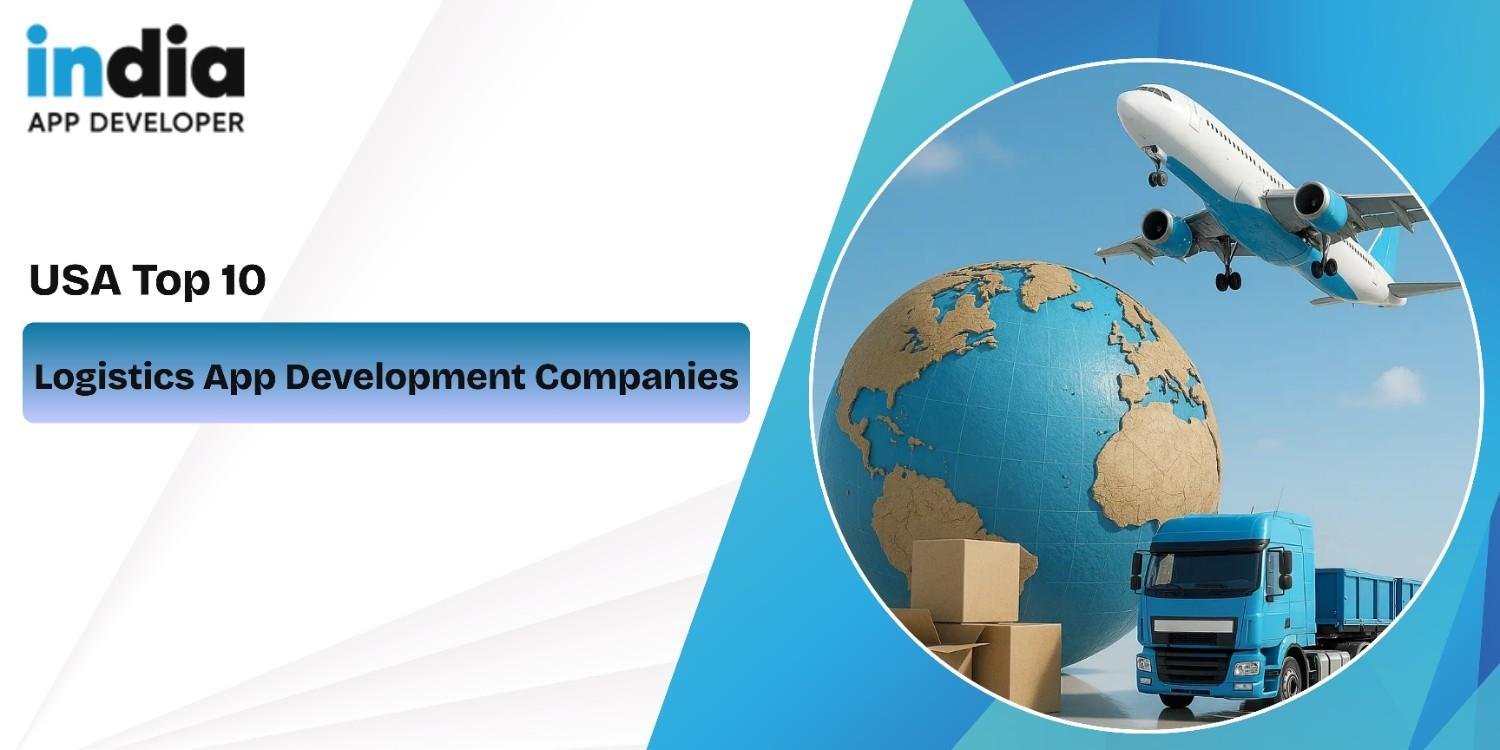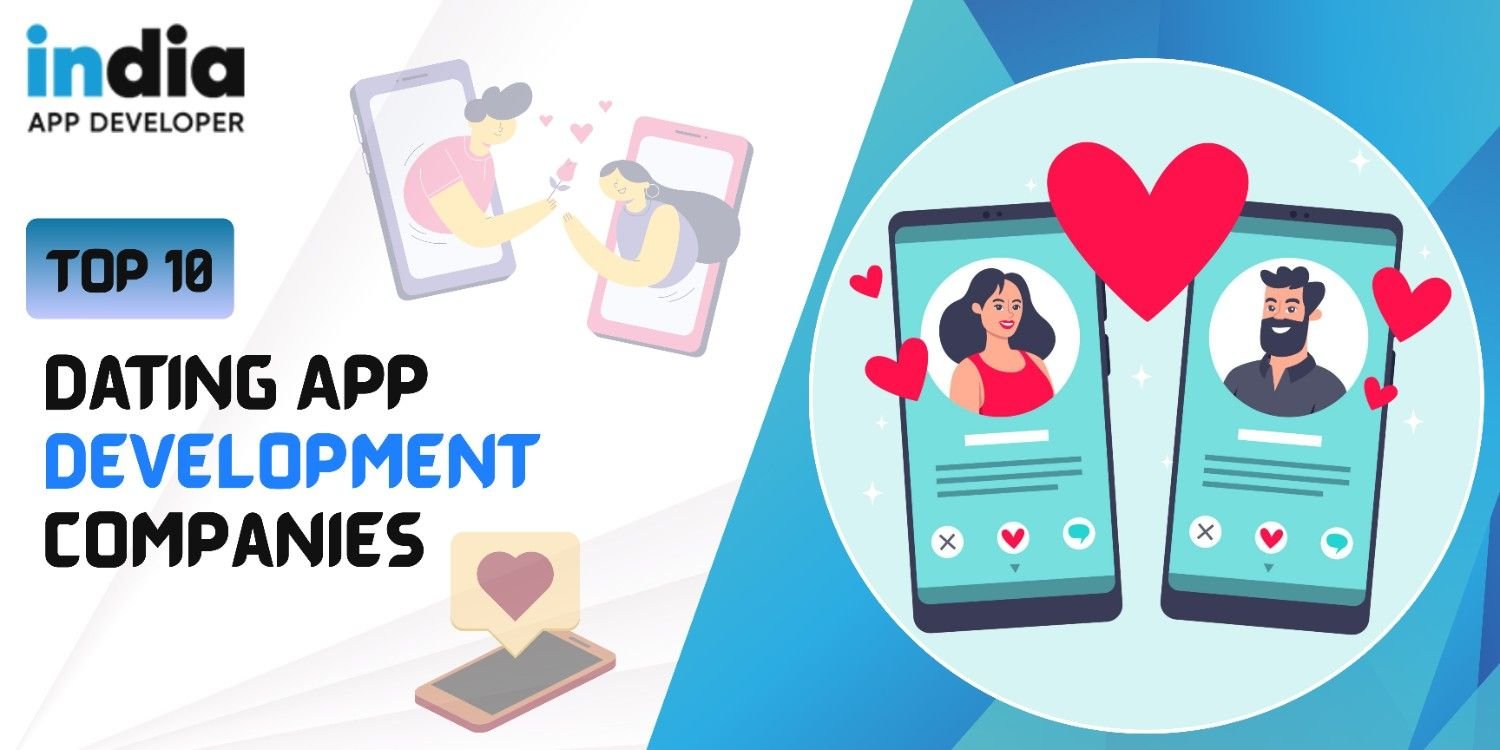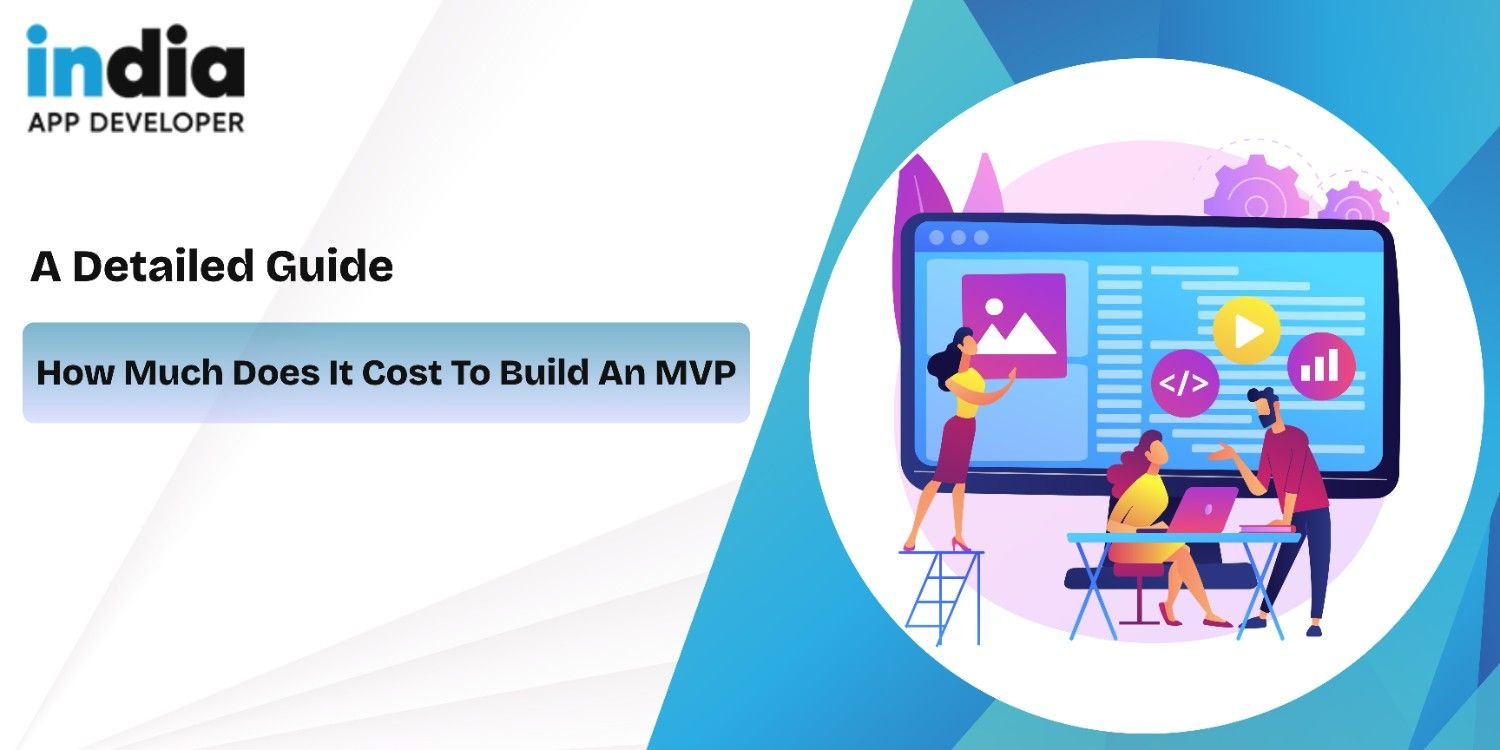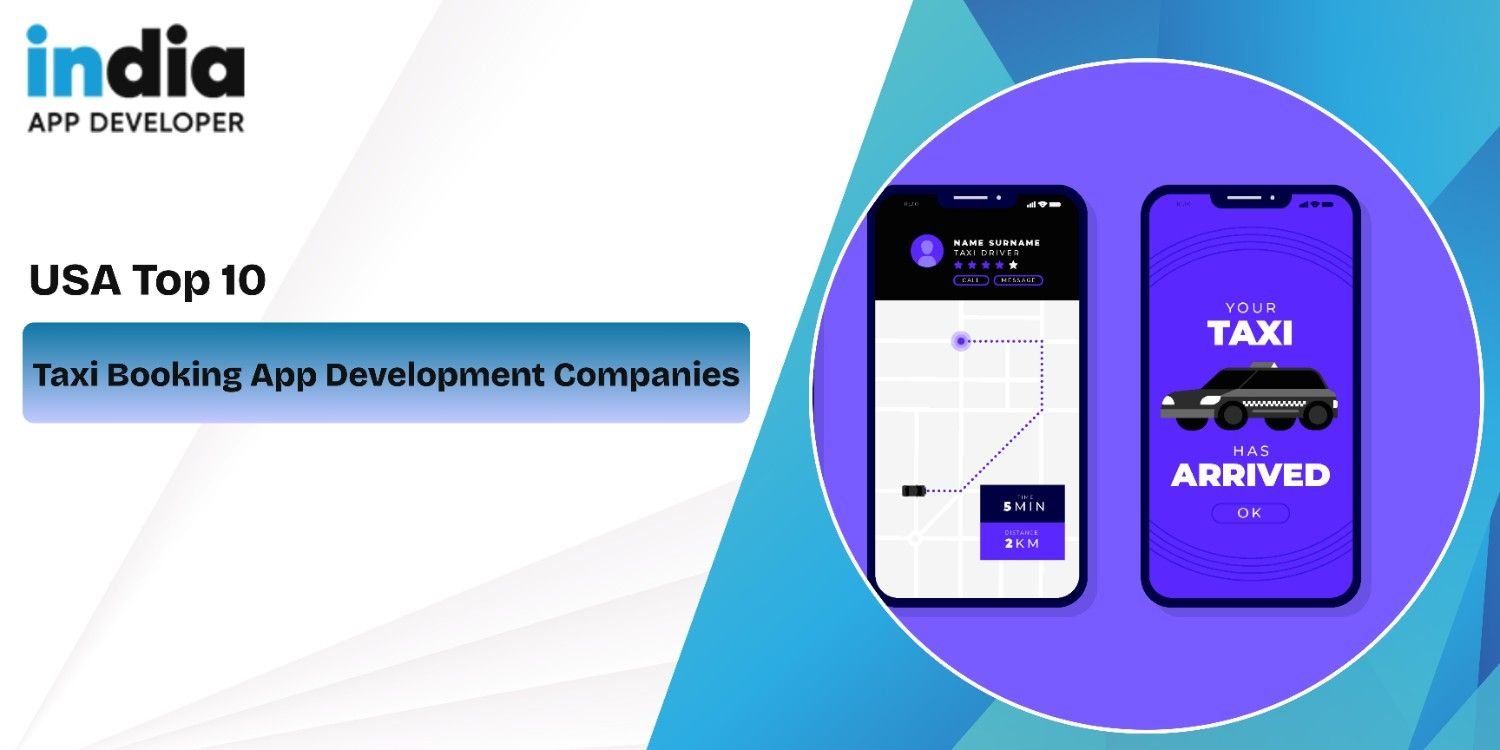Okay! If you are reading this, then it is clear you want to build your own ridesharing app and want to earn 10x from it. But I guess you are a bit confused! As a leading ride sharing app development company, let us clear it out for you. It may surprise you if we say now is the perfect time to build a ridesharing app, as the market is at its peak; don’t believe us? Check the following data.
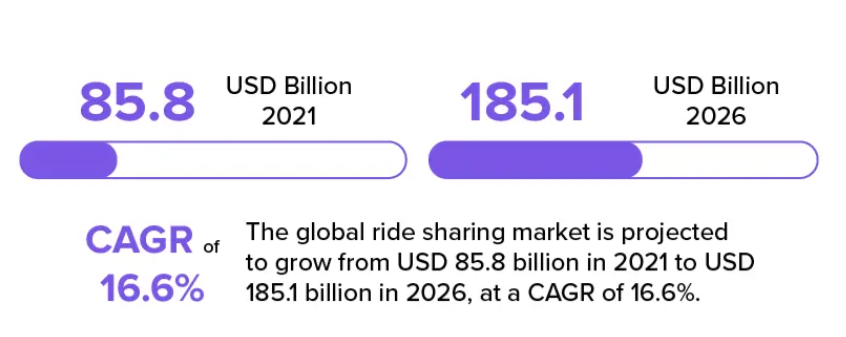
We agree! There are some apps dominating the industry; take, for example, Uber, Lyft, Grab, and BlaBlaCar. So, it is quite complex to give competition to these apps on an initial level. But to create a ridesharing app that stands out and performs just like the dominating one, we have to follow some steps that start with conducting thorough market research, selecting key features, estimating costs, and making a strategic plan to build an app. The following is the detailed process of building ridesharing apps.
How to Make a Ride-sharing App in 7 Steps
Not just ridesharing apps, but any app needs a structured process that requires planning and perfect execution. The following is the detailed roadmap to build a successful ridesharing app in 2025.
1. Conduct Market Research for Your Rideshare App
Any app needs thorough research, which means analysis of your targeted audience, competitors, and market trends before jumping into the actual coding. The research helps you define features users value the most, like real-time tracking, flexible payment options, or data security. Having clear ideas on users’ pain points ensures your app is unique and solves actual problems.
2. Choose a Mobile Development Platform
The following step is all about deciding which platform you have to choose from: Android, iOS, or both. The choice basically depends on your audience’s needs and business goals. For example, if your users are spread globally, a cross-platform approach with a single codebase may be more cost-effective than usual. Partnering with experienced app developers India helps you select the best platform and cutting-edge technology for your app according to the market analysis, features, budget, and timelines.
3. Decide the Key Features
For taxi booking app development, the basic apps must have features like user registration, driver profile verification, GPS tracking, multiple payment options, in-app chat, etc., while advanced ridesharing apps must have features like AI-powered route optimization, push notifications, reward systems, etc., that improve customers’ loyalty.
4. Hire a Ride-sharing App Development Company
Having the right development team makes it all easy. As a leading ridesharing app development company, we understand the complexity of building scalable and secure apps having advanced features, 3rd-party API integrations, and high-tech security. We also help you manage project risks and deliver the app that matches your business vision.
5. Create Wireframe and UI/UX of the App
After choosing the development team, it is now time to design the app’s wireframe and user interface. These wireframes act as blueprints for your apps, show how different your apps’ features are from competitors, and ensure alignment with business vision. Moreover, a well-thought-out UX ensures user-friendliness and a visually appealing app.
6. Development of Ride Sharing App
After finalizing the design, the actual coding part begins. This stage involves backend development for databases and servers, frontend development for user interfaces, and API integration for services like payments and maps. At this stage, it’s important to keep scalability in mind so the app can handle an increasing number of users without performance issues. Development timelines and app development costs in India may vary depending on the complexity of features and chosen technologies.
7. Testing and Deployment of Your Ridesharing App
Our quality assurance team tests for functionality, security, performance, and user experience to ensure everything works seamlessly. Once testing is complete, your ride-sharing app is deployed to the app stores, ready for users to download and enjoy. Post-launch, continuous updates and bug fixes are necessary to maintain high performance and customer satisfaction.
How Much Does It Cost to Create Your Own Ridesharing App?
Many factors contribute to ride sharing app development costs. Some of the important factors are as follows:
- The development platform choice (Android, iOS, or Cross-platform)
- The tech stack you choose
- Cost for the team, including the project manager, iOS/Android developers, backend and frontend programmers, UI/UX designers, and QAs.
- The geographical location of the chosen app development company
So, you consider Uber app development costs that have basic features to be between $25k to $40k, whereas an app having advanced features costs you around $100,000 to $150,000. Thus, it is important to hire dedicated developers to ensure the success of your application.
Must-have Features For Ridesharing App for Passengers/Riders
A successful ridesharing app is built on features that enhance convenience, safety, and overall user experience. The following are some must-have features for ridesharing apps for passengers or riders.
(1) User Profile
A simple and secure registration process allows passengers to create personalized profiles. These profiles typically store personal details, ride history, payment preferences, and saved locations, making future bookings seamless.
(2) Geo-location
Real-time geolocation is at the core of any ride-sharing platform. It helps passengers to book rides based on their current location and provides accurate navigation for drivers. Partnering with a trusted ride sharing app development company ensures smooth integration of advanced mapping and GPS technology.
(3) Search Filters
Filters allow passengers to customize their ride experience by choosing vehicle type, ride preferences, or estimated arrival time. This feature adds flexibility and helps users to pick rides that best fit their needs.
(4) Ride Cost Estimation
A transparent cost estimation feature builds trust. By displaying the fare before confirming a booking, passengers know what they are paying for, reducing the chances of disputes later.
(5) Ride Scheduling and Easy Cancellation
Many users prefer scheduling rides in advance, especially for airport pick-up and drop-off or daily commutes. A convenient scheduling system combined with flexible cancellation policies increases customer satisfaction and loyalty.
(6) In-app Chat and Call
In-built chat and call functionality helps riders and drivers communicate easily without sharing personal phone numbers. This ensures privacy while improving coordination for pickup and drop-offs.
(7) 3rd Party Payment Gateways
Secure and diverse payment options, like credit cards, digital wallets, and UPI, are important for a smooth experience. Experienced app developers India can seamlessly integrate multiple 3rd party payment gateways while ensuring compliance with security standards.
(8) Push Notifications
Push notifications keep passengers informed about ride status, driver arrival time, promotions, and discounts. This feature improves user engagement and helps retain customers in the competitive taxi booking app development market.
Must-have Features For Ridesharing App for Drivers
Just like passengers, drivers also need easy-to-use features that make their job simpler, safer, and more profitable. The following are some must-have features for ridesharing apps for drivers.
(1) User Profile
A driver profile includes personal details, vehicle information, a driving license, and verification documents. Verified profiles ensure credibility and build trust among passengers.
(2) Easy log-in and log-out
Drivers should be able to log in and out of the app easily, allowing them to manage their availability. This flexibility helps balance work schedules while maximizing efficiency.
(3) Accept or Reject Ride Request
Drivers need control over their rides. The option to accept or reject requests based on availability or route preference improves driver satisfaction and operational flexibility.
(4) Trip Details
Providing trip details, including pickup and drop-off locations, passenger details, and estimated fare, helps drivers make informed decisions before starting the journey. Clear trip visibility also reduces conflicts.
(5) Integrated Navigation
Seamless GPS navigation ensures drivers reach passengers quickly and follow optimized routes. Advanced navigation also helps reduce fuel consumption and travel time, making rides more efficient and cost-effective. Considering these integrations, the app development cost in India can vary depending on the complexity of navigation and mapping tools.
(6) Reviews and Ratings
Drivers should be able to receive ratings and reviews from passengers. This not only motivates them to deliver better service but also ensures accountability across the platform.
(7) Passenger Contact
In-app chat or call options allow drivers to coordinate with passengers without sharing personal phone numbers. This feature improves privacy while ensuring better communication.
(8) Push Notifications
Timely notifications help drivers stay updated on ride requests, payment confirmations, and other important updates. This ensures they never miss out on potential earnings.
(9) Receive Payment
Drivers should have access to multiple secure payment options and easy payout systems. Payment transparency is crucial for building trust. Businesses researching the Uber app development cost often emphasize reliable driver payout systems as a must-have feature. Working with a team where you can hire dedicated developers ensures these payment solutions are integrated securely and efficiently.
Build a Ride-sharing App with India App Developer
The ride-sharing industry continues to improve, offering entrepreneurs countless opportunities to build innovative and user-friendly platforms. From understanding the market to designing intuitive features for both riders and drivers, every step plays an important role in shaping the success of your app.
When it comes to cost, factors like features, platforms, and integrations significantly influence the overall ride sharing app development cost. While basic versions may require modest investment, building a scalable, secure, and feature-rich solution similar to popular platforms can demand higher budgets. For instance, estimating the Lyft app cost provides valuable insight into how advanced functionalities and market reach affect pricing.
Partnering with an experienced development team ensures your ride-sharing app is not only technologically sound but also competitive in a competitive market. With the right strategy and execution, you can launch a solution that delivers value to both drivers and passengers while standing out in the global mobility space.
Also Read:


